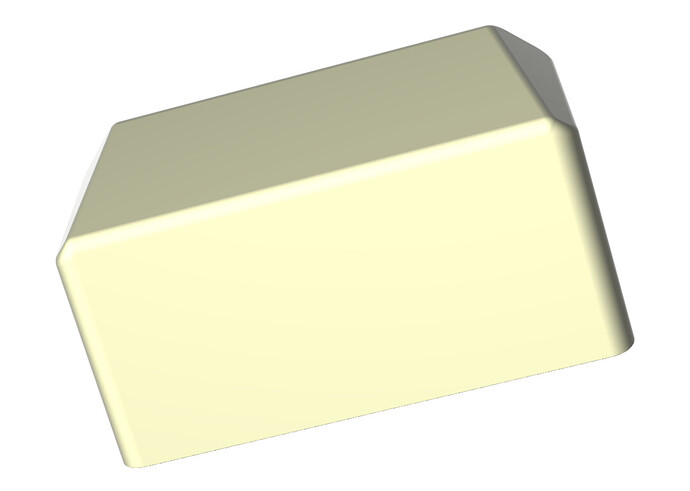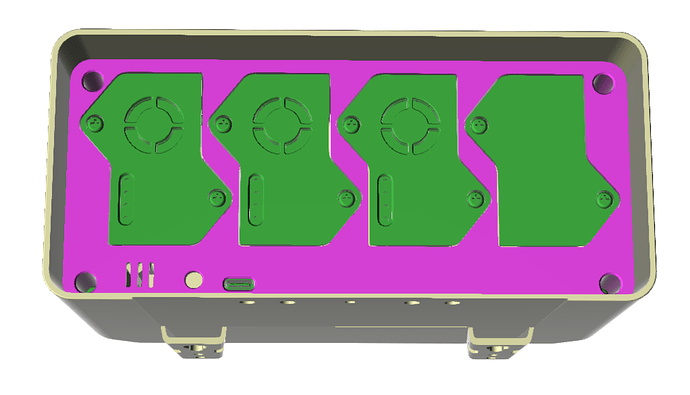I am happy to let you know that we have started developing an open-source, open-hardware outdoor air quality monitor. On the development of this unit, we are working closely together with universities as well as NGO’s in order to design a highly accurate product that also works well as a citizen-science monitor.
Here are the first pictures of the functional design:
As you can see, the sensor compartments will allow flexible configurations of either redundant sensors or different sensor modules in the future.
Above is a purely functional design and we currently work with visual designers to get the outside look right.
At the moment we are running a survey to better understand the hardware features and air parameters that people are interested in. If you have 5min time, please fill in our survey:
I also would like to invite a discussion here.
So if you have any questions or comment please post it here!

